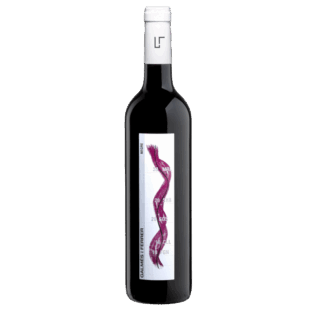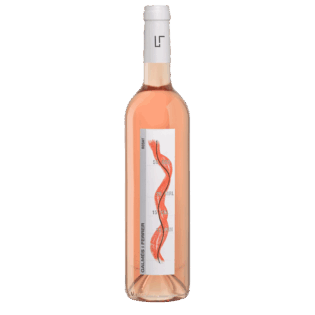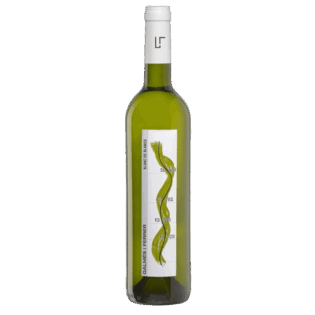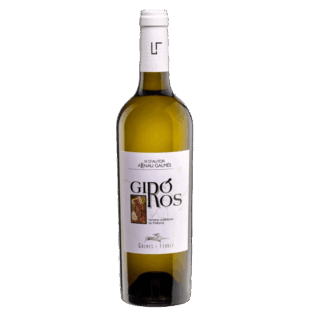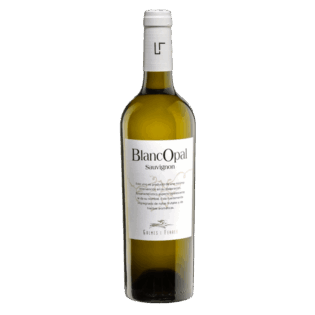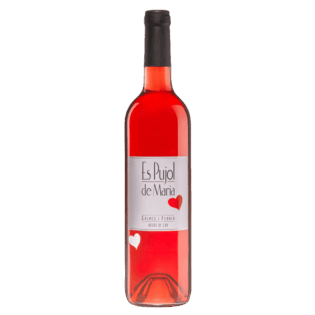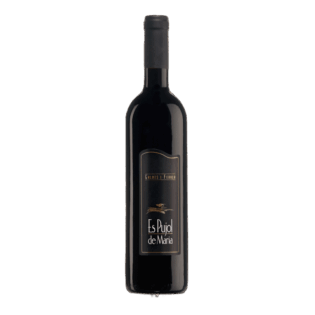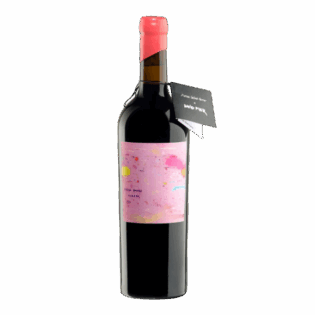Tradició vinatera a la sang
T r a d i c i ó v i n a t e r a a l a s a n g
A aquesta empresa familiar amb gairebé un segle d’història hi treballen Arnau Galmés, enòleg, el més jove de la saga dels vinaters i el que avui per avui porta el pes dels cellers, i el seu pare, Guillem, que està present durant tot el procés d’elaboració dels aportant amb la seva experiència tot allò que la tradició de fer vi conserva i molta memòria ja que el raïm és trepitjava i quan era un veritable suïcidi meter-se dins els dipòsits de fusta ja que aquestes concentraven gran quantitats d’anhíbrid carbònic que es detectava ficant una espelma a l’interior, si aquesta s’apagava més vallia que no hi baixes ningú ja que no hi havia oxígen i la mort per asfíxia era una probabilitat força alta.
L'empresa familiar Galmés i Ferrer de Petra du quasi un segle elaborant vins
En el moment en què arribem als cellers, recentment ampliats, compremin 1000 metres quadrats. i equipades amb nova maquinària, es disposen a posar a funcionar la premsa, una joia que tal com ens explica Guillem Galmés té uns cent anys i gairebé coincideix amb les primeres instal·lacions de corrent elèctrica al poble»
A Galmés i Ferrer es produeixen uns 120.000 litres per any, entre el rosat, els negres i el blanc. El negre, el vi de Mallorca per excel·lència, després de provenir de diferents varietats de raïm ia Galmés i Ferrer produeixen Mantell negre, Callet, Cabernet Sauvignon, Merlot, Ull de Llebre i Syrah.
La major part de la seva producció es veuen a granel a la botiga que tenen just davant de l’església de Petra, encara que es preveu que en un curt termini s’ubiqui definitivament a la part alta dels cellers. Per altra banda unes partides seleccionades de la seva producció anual són embotellades unes 15.000 botelles actualment, i es preveu que al soterrani del recent ampliat celler descansin sucs que es destinaran a un nom determinat de pots per envellir el vi i fer reserves o bé criances , aquesta iniciativa ja s’està de fet posant en marxa.
Poc a poc i amb molta feina les Bodegues petreres de Galmés i Ferrer s’han anat podrem gaudir d’aquests nous allotjaments on s’ubicaran el cent per cent dels diferents departaments, el laboratori, la tenda, els soterranis per la conservació i l’envelliment dels vins i on es troben els dipòsits per la fermentació i conservació, tal com ens afirma Aarnau Galmés «seguim pensant que val més poca cosa ben feta que no gaire i d’escassa qualitat»

En ocasió, el winemaker mai decideix to llegir-lo en el cas que les grapes de les selves contenguin les tannin que es vulguin. Aquest és molt acceptable quan els stems tenen ‘ripened’ i s’han convertit en torn brown. Per tal d’increïble extracció extraïció es desitgen, a winemaker might choose per crush the grapes after destemming.
Wine és un dels mostos civilitzats en el món i en els mostos naturals en el món que ha estat brought per a un gust perfection, i això ofereix un gran nombre d'enjoyment i appreciation sense, possibly, any other purely.
Ernest Hemingway Tweet
Removal of stems first means no stem tannin can be extracted. En aquestes cases les grapes passen entre 2 rollers que squeeze les grapes en separació de les teves i pulp, però no són moltes les que causen excessivament shearing o tearing of skin tissues. In some cases, notably with «delicate» xarxa varietals such as Pinot noir or Syrah, all or part de les grapes might be left uncrushed (called «whole berry») a encourage la retenció de fruites aromes through partial carbonic maceration.
The Grapes
Qualitat de les grapes determini la qualitat de la wine més than any other factor. Grape quality s’afecta per variety a well aw weather during the rostou season, soil minerals and acidity, time of harvest, and pruning method. La combinació d’aquests efectes s’often referred a les grapes terroires .
Grapes són usualment vestits amb vineyards de nou September until early November al nord-hensphere, ia mida February until early March al southern hemisphere.
In some cool areas in the southern hemisphere, per exemple Tasmania, harvesting extends into May. El most com a espècies de vin grapa és Vitis Vinifera, que inclou nearly all varieties of European origin. El most com a espècies de vin grapa és Vitis Vinifera, que inclou nearly all varieties of European origin.

Manual harvesting is the hand-picking of grape clusters from the grapevines. In the United States, som grapes are picked intone or two-ton bins per transportar back to the winery. Manual harvesting ha d’advantage of using knowledgeable labor per no només picar els rip clusters però també a la llista durant els clusters que no són rips o comptain banda rot o altres defectes. Aquest objectiu és efec- tivament first line of defensa to prevent inferior qualitat fruit de contaminació a lot o tank of wine.
Destemming is the process of separating stems from the grapes. Dependent en la procedència de winemaking, aquests process poden ser undertaken per crushing s purpose lowering development tanins i vegetals flavors en resultar wine. Single berry harvesting, as is done with some German Trockenbeerenauslese, avoids aquest step altogether with the grapes being individually selected.
Crushing is the process when gently squeezing the berries and breaking the skins to start to liberate the contents of the berries. Destemming is the process of removing the grapes from the rachis (the stem which holds the grapes).
In traditional and smaller-scale wine making, les guarnides grapes són sotmeses cruixed per trampling les barefoot or by utilitze inexpensive male scale crushers. These can also destem at the same time. However, in larger wineries, a mechanical crusher/destemmer is used. La decisió sobre destemming és diferent per a la xarxa i la white wine making. Generalment when making white wine the fruit és only crushed, the stems are the placed in the press with the berries. Presència de stems en mix facilitats pressing per a un judici en flow past flattened skins.

